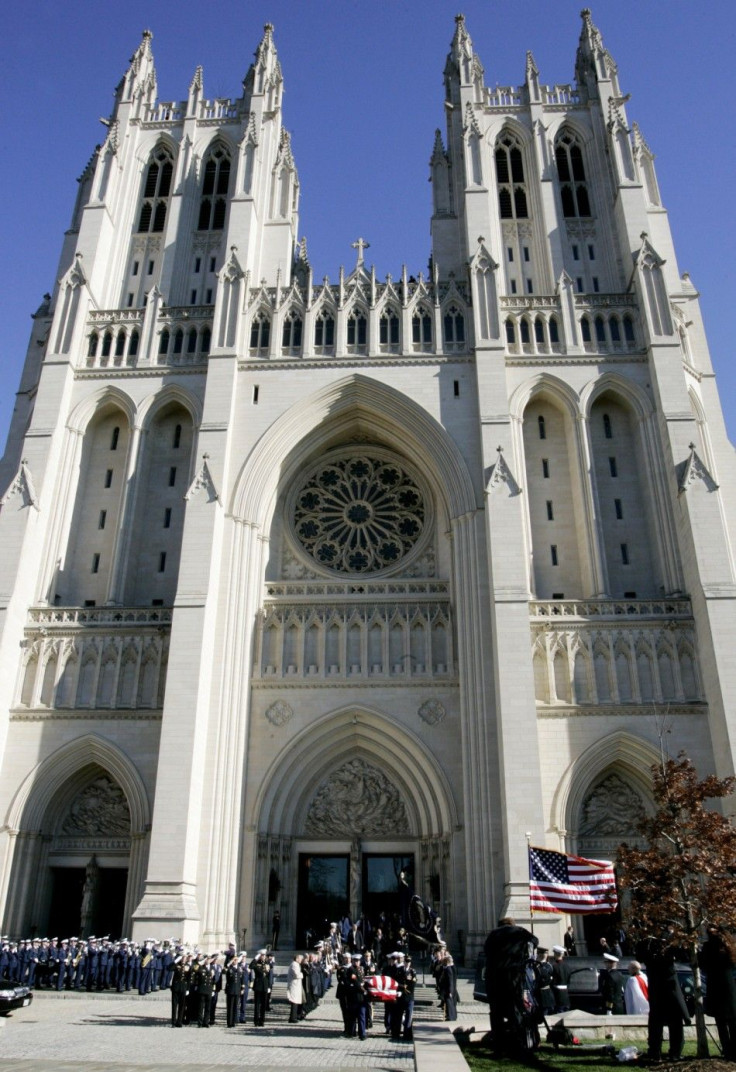Virginia Earthquake Rattles Towers of National Cathedral

The Washington National Cathedral, which was damaged in an earthquake on Tuesday, is a masonry structure that was built with medieval building methods instead of using a modern steel infrastructure.
Unlike St. Patrick's Cathedral in midtown Manhattan, which is a modern steel building clad in limestone facing to make it appear old, the architectural firm of Frohman, Robb & Little insisted on using medieval building methods when constructing the Washington National Cathedral. That means shunning steel in favor of stacking limestone block upon limestone block.
To architectural purists, employing medieval building methods is a preferable -- and a very expensive -- way to build. Yet without the strength of a steel skeleton, engineers say all-stone buildings are prone to heavy damage when earthquakes hit.
Three of the cathedral's four pinnacles on its central tower toppled after the earthquake, centered in Virginia, hit, according to eyewitness reports.
The official name of the structure is the Cathedral Church of St. Peter and St. Paul. It's the seat of the bishop of the Episcopal Diocese of Washington and has become known as the National Cathedral because numerous American statesmen, including President Woodrow Wilson, are interred there. President Teddy Roosevelt laid the cornerstone of the cathedral, which took the Episcopal Diocese of Washington more than a century to complete.
Another all-masonry cathedral, Christchurch Cathedral in New Zealand, toppled during that country's recent earthquake.
© Copyright IBTimes 2024. All rights reserved.




















